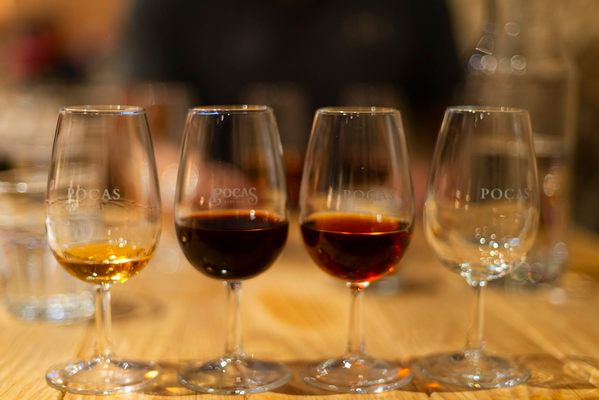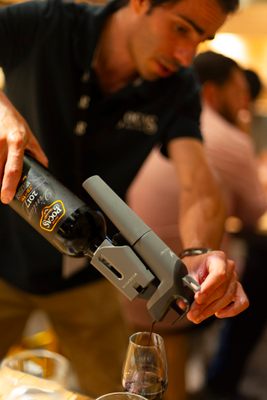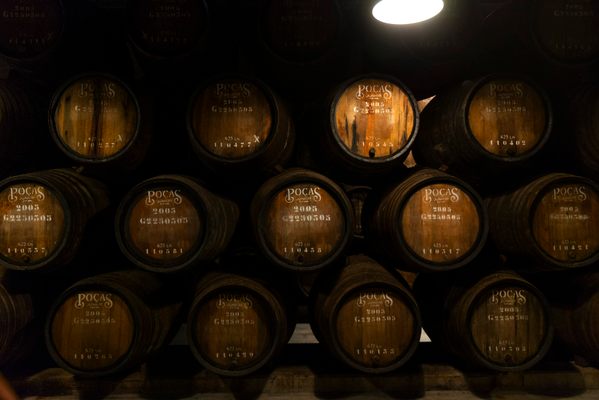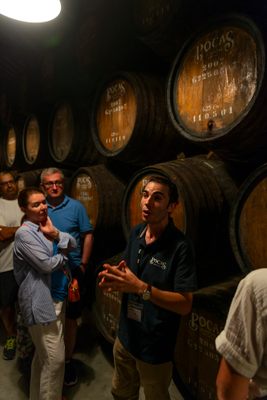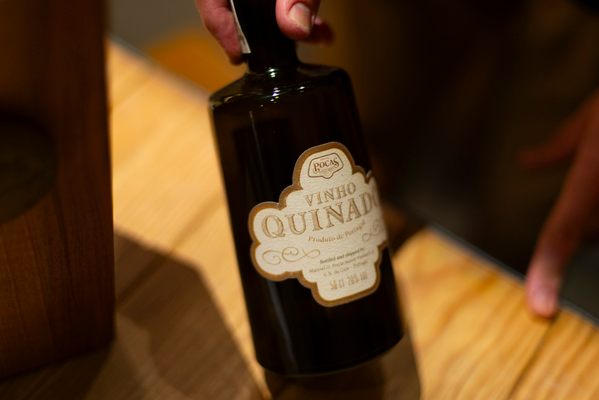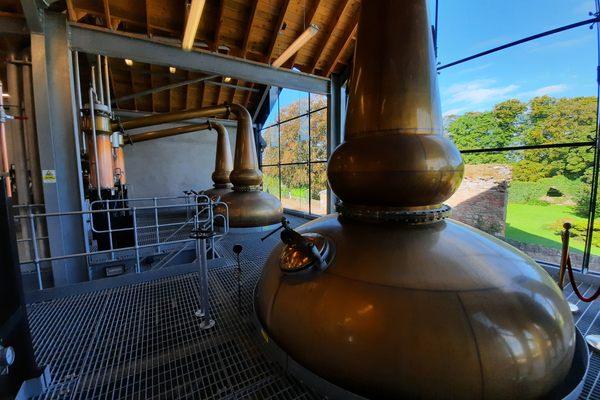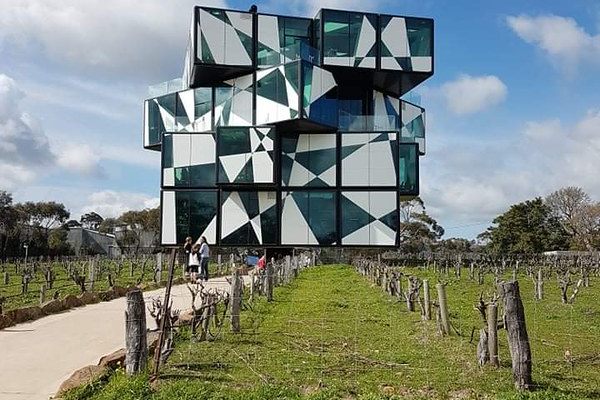About
Centuries ago, someone discovered that adding brandy to wine from the Douro valley before aging made it taste really, really good. The drink became associated with Porto, the city where many of those barrels were brought and aged, and one of the world’s most famous wines was created.
Poças, one of more than 20 port houses located in Porto, is a relative newcomer in the world of port wine. Started in 1918 by a 12-year-old brandymaker, today, the company is still owned by the fourth generation of his descendants, making it the only port house still owned 100 percent by locals.
The brand produces a line of traditionally produced port wines from vineyards in each of the various sub-districts of the Douro Valley. Some of the wines are aged in ancient Portuguese oak or chestnut barrels in cellars in Vila Nova da Gaia, opposite the Douro River from central Porto. All of this is pretty straight-foward, but Poças also produces some not-so-standard wines. They were the first house to make rosé port.
In 2018, to celebrate the brand’s centenary, they produced bottles of vinho quinado, fortified wine supplemented with quinine, a drink once consumed in Portugal’s former colonies but an anomaly today. And they also produce vermouth—a drink common next door in Spain but a rarity in Portugal—made from white port, 16 herbs and five fruits from the Douro Valley.
Related Tags
Know Before You Go
Tours of the cellars at Poços can be arranged in advance via the website, and are available in a variety of languages. Alternatively, it’s possible to drop in and taste wines by the glass.
Portugal: A Culinary Adventure from Porto to Lisbon
Explore Portugal through food, from the cities to the seaside.
Book NowCommunity Contributors
Added By
Published
September 5, 2024
